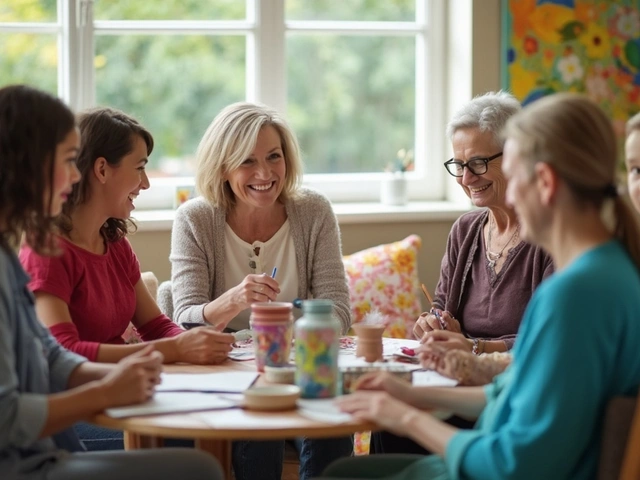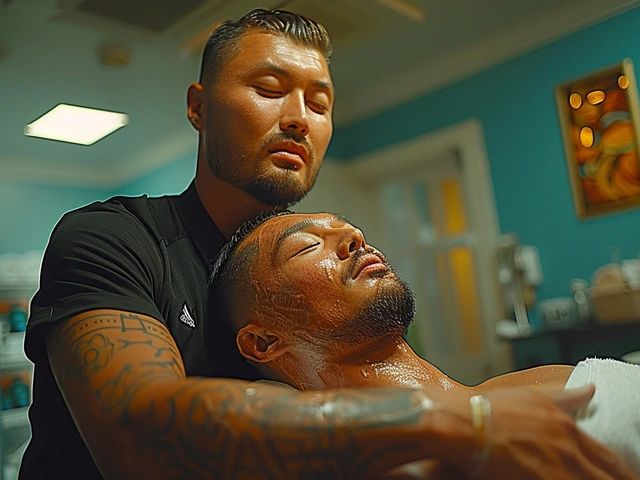Easy Massage Tips for Dogs: Calm, Comfort, and Better Mobility
Did you know a 5–10 minute massage can ease your dog’s stress, help sore muscles, and make walks feel better? You don’t need special training to start — just calm hands, a quiet spot, and a few simple moves. These tips focus on safety and results so you and your dog both enjoy the session.
Before you begin, warm your hands and pick a spot your dog likes. Soft lighting, a favorite blanket, and treats help. Watch your dog’s body language: relaxed breathing, soft eyes, and leaning in mean yes. If your dog pulls away, tenses up, growls, or flinches, stop and check with your vet before trying again.
Quick 5‑Minute Routine
Start with light long strokes along the body. With flat palms, stroke from the neck toward the tail following the direction of the fur. Keep pressure gentle—think of gliding, not pushing. This calms the nervous system and warms muscles.
Shoulders and neck: use small circular motions with your fingertips or thumbs just beside the spine (never press directly on the spine). Move in slow circles for 20–30 seconds on each side. This helps dogs who carry tension from walks or jumping on furniture.
Back and hips: use gentle kneading (like squeezing a soft sponge) on the muscles around the backbone and hips. Apply slightly firmer pressure than the long strokes but stop if your dog twitches or shows pain. Dogs with arthritis often respond well to soft, steady kneading around hips and lower back.
Legs and paws: stroke down the limbs with light, smooth pressure. For the paws, hold one paw and rub between the pads with your thumb—be calm and quick at first; many dogs don’t love paw handling. Short, positive sessions help build trust.
Finish with one last set of long calming strokes from neck to tail and give a treat. Keep sessions short at first—3–5 minutes for new dogs, up to 10–15 minutes once they relax and enjoy it.
Safety, Frequency, and Tools
Massage frequency: daily for anxious dogs, or 2–4 times per week for general maintenance. Older dogs with stiffness can benefit from gentle daily touch. Avoid deep pressure over joints, open wounds, bruises, or areas with lumps. If your dog has recent surgery, cancer, or a serious medical issue, get your vet’s okay first.
Use plain warm water to warm hands; a tiny dab of unscented coconut oil can help your hands glide, but skip essential oils—they can harm pets. A towel under the dog keeps things tidy. Keep sessions positive: use calm praise and small treats rather than loud excitement.
Try a short routine after a walk or before bedtime. You’ll likely notice your dog moves easier, settles faster, and seeks out your touch more. If you spot persistent limping, swelling, or signs of pain, stop and consult your vet. Otherwise, enjoy the bonding time—simple touch goes a long way for your dog’s comfort and confidence.

Chair Massage: The Quick and Easy Way to Better Health
Hey there! Today let's talk about something sure to boost your wellness - Chair massages! These quick and easy techniques can lead to better health right at your desk. I'm going to share lots of news, tips, and tricks about how using a chair massage can reduce stress, improve your mood and even enhance productivity. So, sit back (in your massage chair, of course) and get ready to learn something new and beneficial for your well-being.

Creative Arts Therapies: A Pathway to Happiness
Feb, 26 2025

Unlock Your Potential: Stress Reduction for Success
Feb, 14 2025

Mindfulness for Beginners: Getting Started with Ease
Sep, 27 2024

